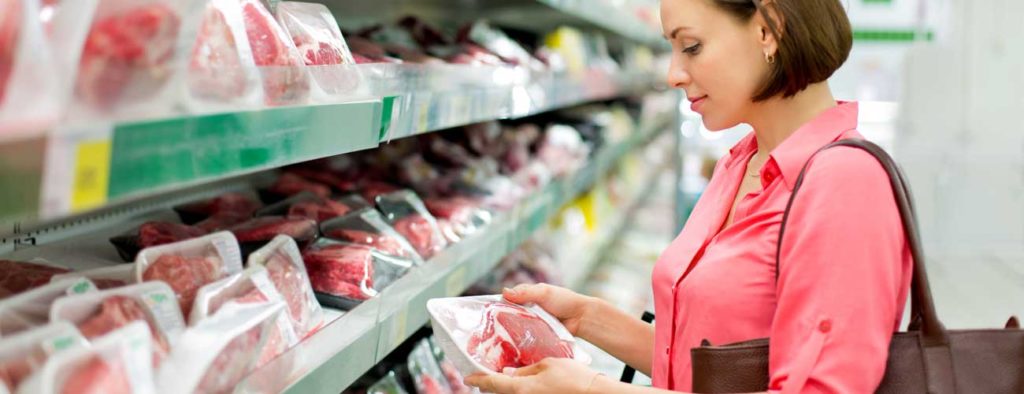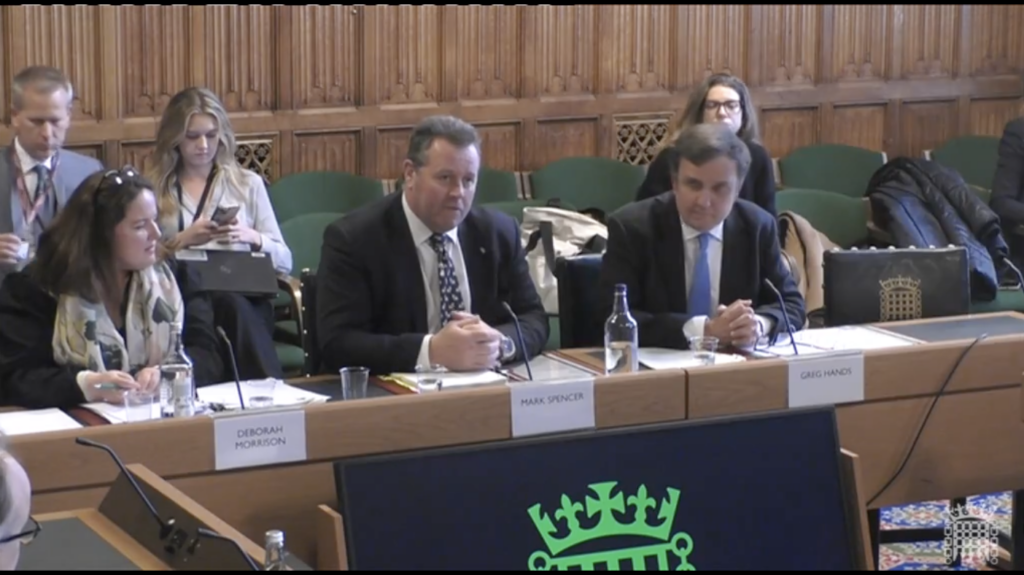Industry Innovation
Modified atmosphere packaging
Modified atmosphere packaging (MAP) is used as a means of preservation and is well known in the food industry as a method to extend the shelf-life of a range of different food products. This works as it relates to the removal and subsequent replacement of atmospheric air with alternative gases that are optimal to the product, in order to provide the longest shelf-life while maintaining quality and safety. Changing the atmosphere in the headspace of a package can reduce biochemical changes, retard microbial growth and maintain organoleptic qualities whilst reducing the need for additives.
In chilled, fresh, meat it works by placing the product into a plastic tray and sealing it with a tightly stretched film. A combination of gasses including nitrogen, carbon dioxide (Co2) and oxygen is then injected underneath the film to supress the bacteria growth, double or in some cases, triple the shelf life of a fresh meat product. This ensures microbiological shelf life and sensory quality of the product, including the colour, odour and palatability. Co2 has been widely recognised in the meat industry for its bacteriostatic and fungistatic properties since the 1920s and was used in shipments of beef, mutton and lamb from Australia and New Zealand to England.
Food waste is a global problem. Sadly, a large percentage of the food perishes even before it ever reaches the consumer. Not only does this create an ethical crisis of food depravation, but it also exerts tremendous financial losses and is an environmental burden. As food waste contributes to about 8% of global greenhouse gas emissions. Highlighting the importance on MAP as it extends the shelf life of food helping to reduce the amount we waste.






